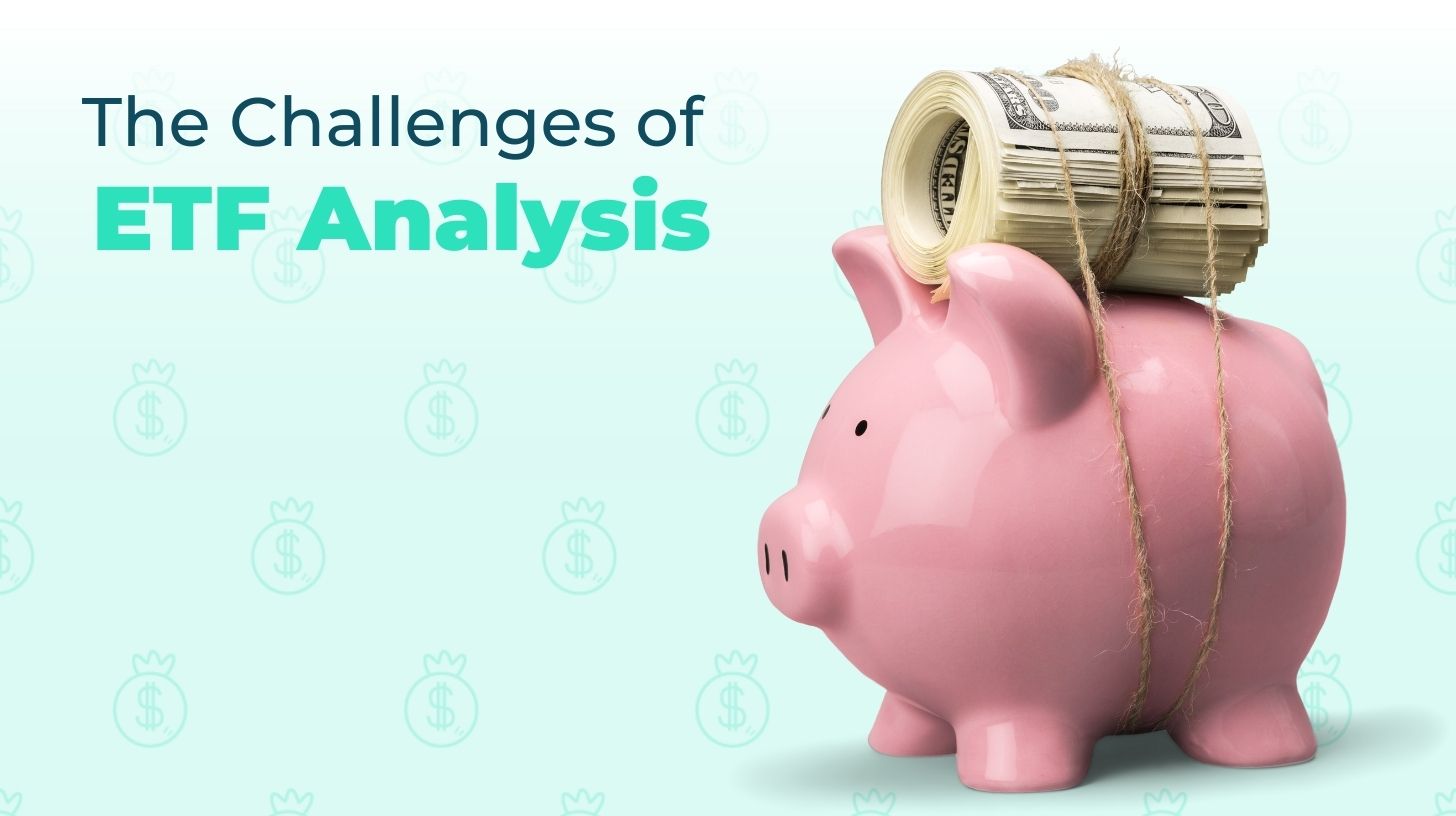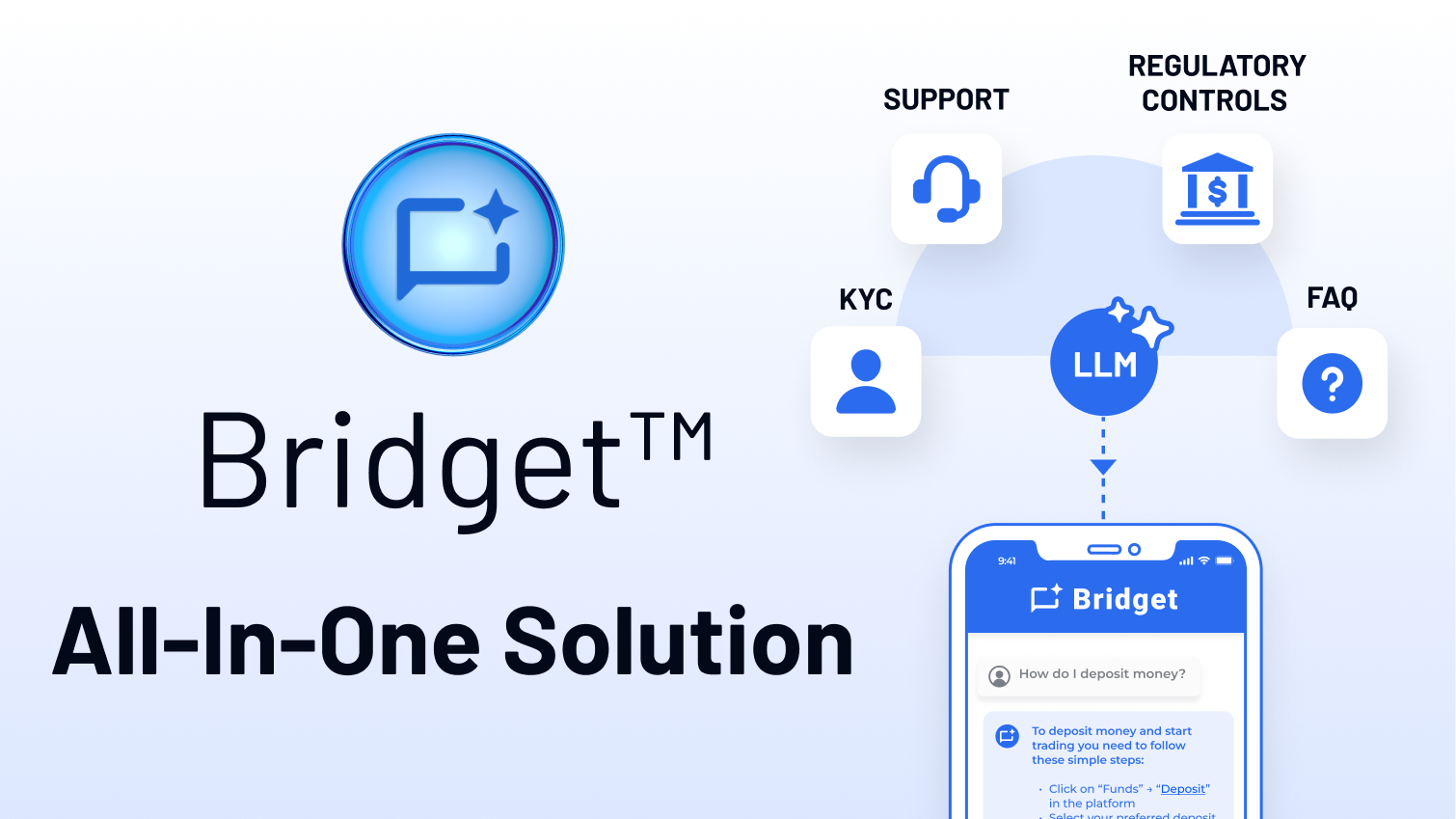
3 Ways AI Is Changing Real-time Investment Decisions
With investors, the difference between making money, or losing it, can be a matter of minutes. Today’s ...

ETFs (exchange-traded funds) are a relatively recent addition to the investment market, and have already exploded in popularity. They offer investors a convenient way to diversify their portfolios–but at the same time, there are serious limitations when it comes to understanding and choosing the best ones. Investors and financial professionals alike must be aware of the challenges that come with attempting to analyze and compare ETFs effectively.
Modern mutual funds have been around for exactly 100 years (happy birthday!) as a means of providing investors with risk diversification while not requiring an individual to purchase a range of single stocks. Yet it was only in 1993 that exchange-traded funds (ETFs) came along, and since that time, they have claimed a 30% share of the mutual fund vs. ETF market.
Put simply, ETFs are based on an index of diversified stocks, while the stocks that make up mutual funds are chosen on an active basis by managers. The mostly “passive” selection of ETF stocks means lower fees for investors*. Here are some other differences:
*These are generalities, because there are also some managed ETFs and some passive (“indexed”) mutual funds. In addition, mutual fund expense ratios are coming down, and in some cases equal to those of ETFs.
Diversity and low fees? Are ETFs the best thing ever? Not exactly. Due to the large mix of equity held by many ETFs (some numbering over 7,000 stocks), it can be very difficult to understand precisely what you are investing in. For many, that’s a problem, because the smart money often wants to know where the cash is going. It’s the very nature of ETFs that make them obscure, and for the following reasons:
ETFs are sometimes based on the same index, but there are differences that investors should be aware of. For example, as stated, the price of an ETF changes over the course of the day. The price that’s current when an investor sells their holdings will affect their returns, and each ETF will update prices at various times. Other variables include:
A similar situation is that of ETFs that describe themselves as being focused on a certain market, such as technology. Like indexes, the difference is in the details. Within any particular market, there can be thousands of companies. Any set of ETFs might contain very different companies, even though they have the same industry focus.
If you try to examine individual stocks, you are very likely to have problems even understanding the language of a company’s financial statements. Many ETFs diversify internationally, and that often means equities from numerous countries. Another related factor to keep in mind is the variety of reporting standards around the world. For example, there are many contrasts between Japanese and U.S. GAAP. Maybe you’ll eventually include them in your decision-making process, but try that for 20 countries.
An ETF might contain thousands of companies in its portfolio. And few investors look at just one ETF. Instead, they tend to get involved with many as another diversification tool. The amount of time required to analyze a stock depends on the analyst, but let’s take 2.5 hours as an estimate. With this in mind, an informed investor will find it basically impossible to analyze a decent number of ETFs.
Thankfully, there are all kinds of ways to analyze an ETF. To summarize:
Ready to take your ETF analysis to the next level? Discover how Bridgewise’s AI-powered solutions can help you navigate the complex world of ETFs with confidence. Request a demo today and experience the future of fund analysis.

With investors, the difference between making money, or losing it, can be a matter of minutes. Today’s ...

When we first launched Bridget™ , our AI chat solution for investment insights, it represented a ...